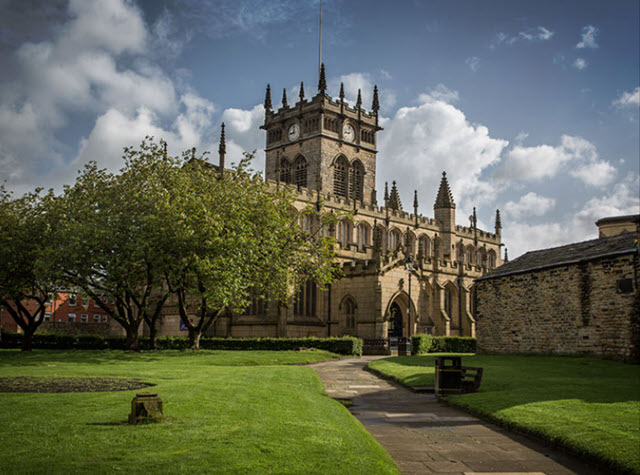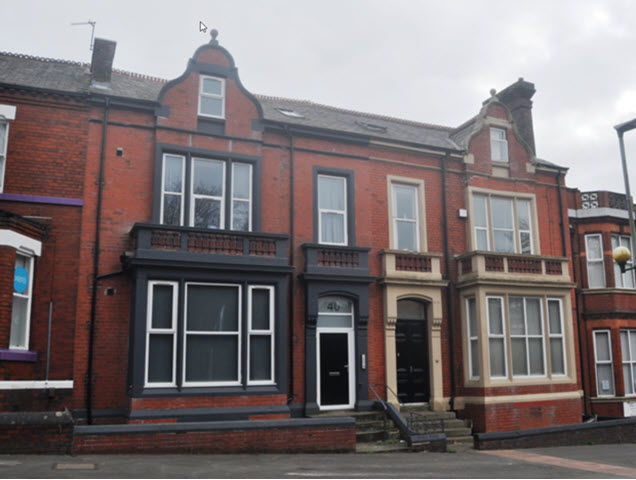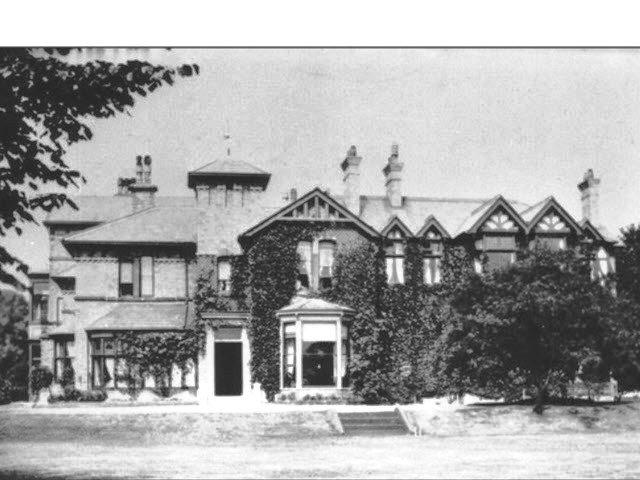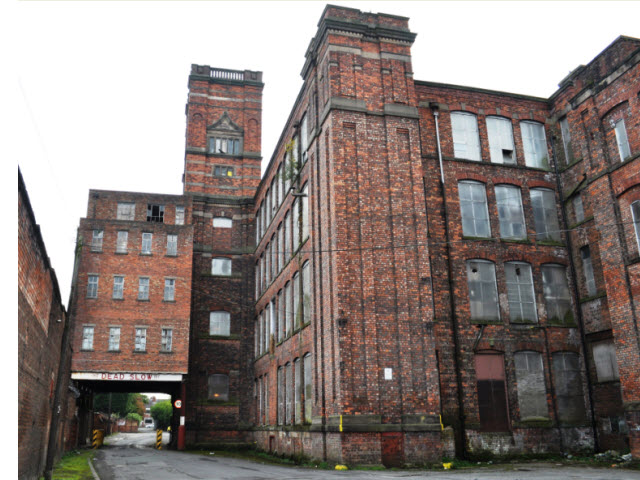Wigan Parish Church - George Heaton
Bishopgate, Wigan
Part of Group:
At Risk: No
Description
THE RESTORATION OF 1898-1902
The work of restoration was supervised by the Wigan architects, Heaton and Ralph, who were responsible for a good deal of work in Wigan, including the church of St. Mark, Newtown.
Apparently, during the rebuilding of 1845-1850 the building was not properly supervised and a good deal of bad work was allowed to pass and in parts bad stone was used. This fact, together with the effect of the grime-laden atmosphere of Wigan on the soft Longridge stone, which was used in the rebuilding, made a complete restoration of the building necessary only fifty years after it was rebuilt.
The work began in 1898. The whole of the exterior stone work was repointed and cleaned, renewed where necessary, and given three coats of szerelmey to preserve it. All the many pinnacles were taken down, reset and dowel led with copper, instead of iron which had caused them to decay. The roof was repaired where necessary and the vestry roof reslated. All the clerestory windows were re-glazed. The porch was cleaned, the statues replaced and the windows glazed. Inside the church, the stonework was cleaned and the plaster renewed in places, though it was stripped from the arches of the Tower and Walmesley Chapel.
New tiles were laid in the Nave and in the passage between the north and south doors. Oak panelling was installed round the lower part of the walls in the Baptistery (it was continued round the whole church in 1903) and the divisions between the seats in the Nave and Aisles were cut away. In 1902 electric lighting was installed for the first time to replace the gas lighting, first introduced in 1833, and finally the whole church was repainted.
The cost of all this was just short of £3,000. The Rector paid for the Chancel and the owners for the Crawford and Walmesley Chapels. The rest of the money was raised by public subscription.
Read about the life and work of George Heaton Link




